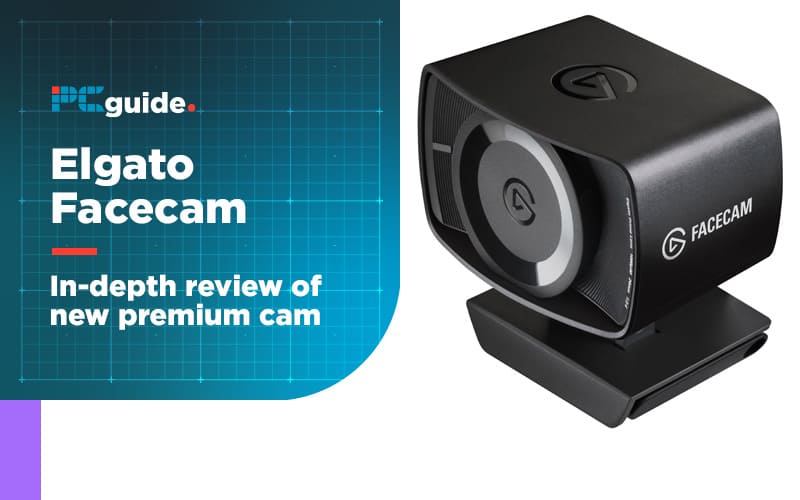Last Updated on
A new premium webcam aimed squarely at streamers, but does it stack up for the rest of us? Let's have a really close look at the Elgato Facecam.

Last Updated on
I actually really like the Elgato Facecam and think most people who buy one will too. There was a point when I wasn’t sure that my Facecam review was going to end up quite so positive but I’m pleased it did. The question remains as to whether it offers enough for the extra money it costs and that is the one thing I can’t answer for you here because it depends on why you plan to use it.
The lack of a built-in microphone is adventurous. Elgato is correct in saying that your average content creator doesn’t tend to use webcam microphones. This is fine if only streamers buy it, and that is obviously who it is aimed at, but I do foresee some people spending time trying to work out why their mum can’t hear them on the Family Zoom call. Or even why it isn’t working at all if they haven’t plugged it into a USB 3.0 port in the first place.
The 1080p resolution doesn’t really phase me as I believe 4K is overkill really for a webcam image.
Ultimately, even with the minor caveats, I’m going to judge the Elgato Facecam on its technical merits. It’s brilliant and deserves a place on top of your monitor – if you need one of the best quality images from a webcam money can buy and you don’t mind spending a little extra to buy into the streaming brand. There aren’t many other webcams in this price range and it will obviously be too expensive for many, which is a bit of a shame.
The integration into the Elgato ecosystem is outstanding and will only improve as the Camera Hub software matures. The ability to alter and monitor lighting conditions feels like a big step forward in this space and the quality of the Elgato Prime lens and great focus range, even though it is fixed focus edges this towards the front of what we have seen to date tech-wise.
So will this replace the Logitech C920 I’ve been sporting since the start of the pandemic? You know what, I think it will. And I don’t stream.
